
Kazuba loos are ideal for lots of different purposes but most of our installations have in common that they are located off the grid (with no access to sewerage) and need to be able to deal with moderate to high volumes of “input”.
Visit our gallery to read some articles about some of our existing installations and see pictures of the units in “action”.
On this page you will find more Kazuba info but please feel free to get in touch with our friendly and knowledgeable advisors if you have any questions or would simply like us to send you a quote.


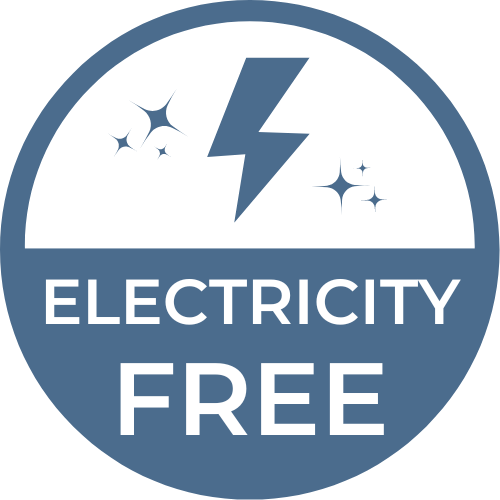

Using the sun and wind, it evaporates the liquids and dehydrates the solids.
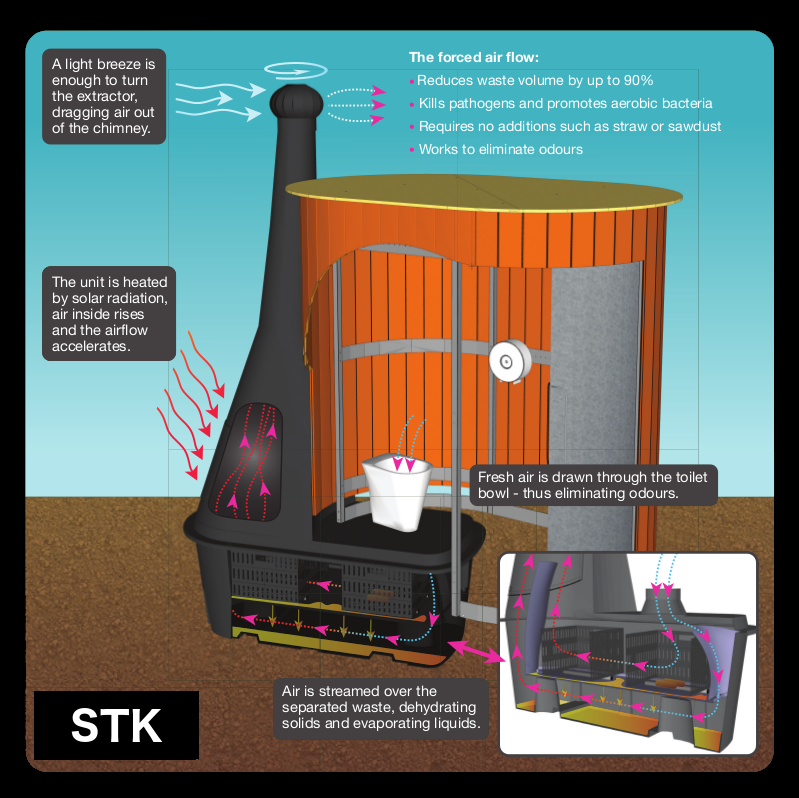
The Kazuba system works by separating the liquid waste from the solid waste.

Choose from the most compact design to the fully accessible. Click on a cabin for more information and pictures.
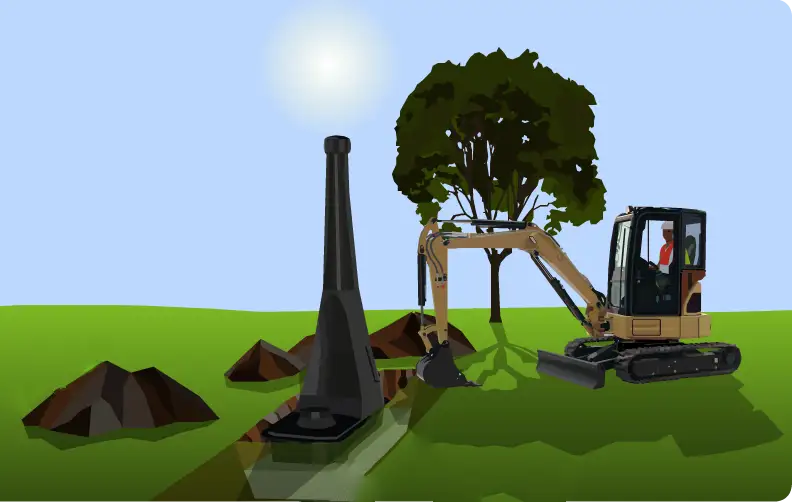
The Kazuba toilet system is by far the easiest and simplest waterless toilet solution when it comes to maintenance. The frequency of maintenance depends on which toilet system is chosen and how frequently the toilet is used but in most cases, the toilet should be serviced once or twice per year. Please speak to one of our advisors who will be able to use your estimated volumes to give you an idea of what’s required.
There are also a few steps you can take to ensure maximum durability of the Kazuba cabins. Read more about cabin maintenance here.
Kazuba toilets can be located anywhere as long as there is a slight breeze and the location isn’t shaded. Kazuba toilets can even be placed right next to rivers and lakes. Please view our siting guide for more info and guidelines.
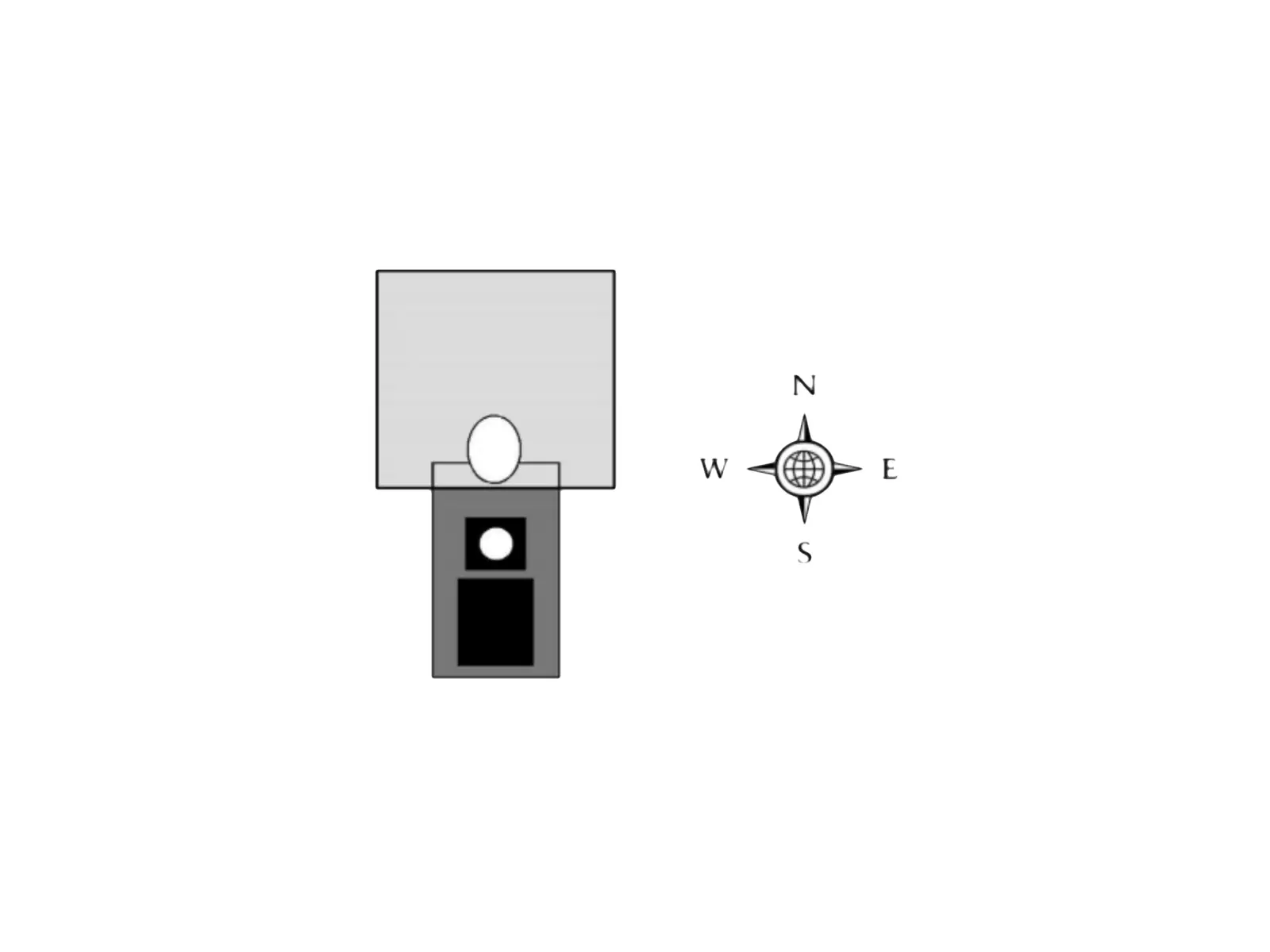
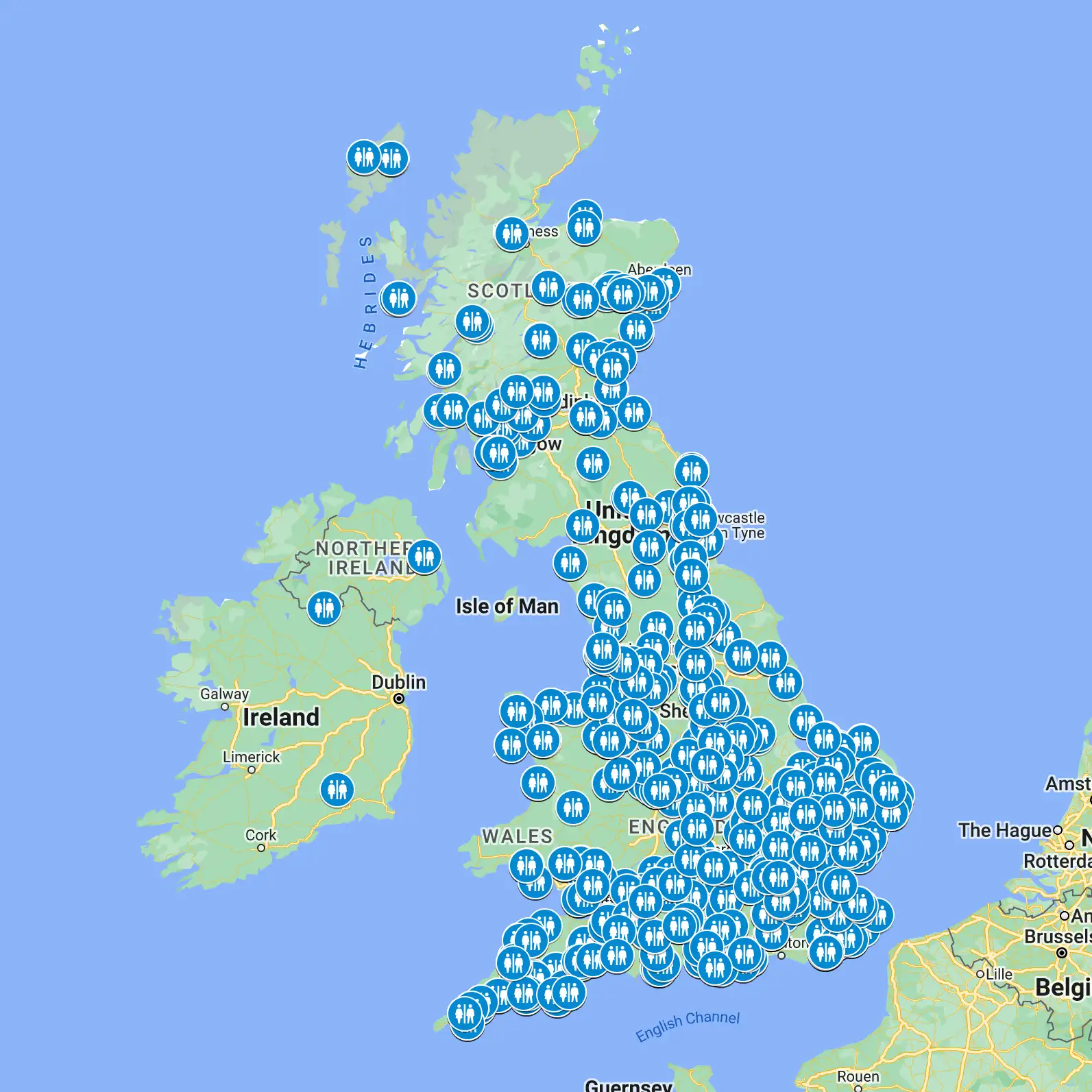
Kazuba is a popular choice for councils, community projects and other organisations across the UK. Notable customers include The National Trust, English Heritage, Natural England, NatureScot, The RSPB, Thames Water, House Of Hackney, The Natural History Museum, Notts County FC and Loch Lomond Golf Club.
In the UK, Kazuba toilets are mostly situated on allotments, golf courses, parks, car parks, playgrounds, castle grounds, solar farms, schools, beaches, nature reserves, fishing lakes and hiking trails but have also been installed at churches, vineyards, a car racing test course, an observatory and even a zoo.
View our gallery for pictures and comments from existing customers.
This is a complicated question and something you should discuss with us directly as it depends on your situation. However, a simple answer is that the capacity of a Kazuba toilet is essentially unlimited but the maintenance is determined by the volumes of use.
As a rule of thumb, for sites with fewer than 30 visits per day, we recommend the standard Kazuba system (STK) and under average conditions, frequency of maintenance might be once or twice a year, perhaps with the odd pump-out required every 2-5 years.
For volumes over 30, you can decide to get more units or you may prefer the Kazuba High Capacity (KHC) which relies less on evaporation and needs servicing by pump-truck every 8,000-10,000 uses. This system is ideal for public sites with high numbers of visitors.
This depends on the amount of usage the unit is receiving but on average, most installations need servicing once or twice per year.
The standard system (STK) usually needs a 5 minute basket swap once or twice per year while the high capacity tank (KHC) should be serviced by pump-truck at least twice per year.
Get in contact with us and we can estimate your maintenance schedule based on your expected volumes.
The key is the separation of the liquids from the solids and the airflow. By separating the waste inside the Kazuba system, and ensuring that a near continuous flow of air passes over the separated waste, the system is designed to ensure that decomposition is an aerobic process. The products of aerobic decomposition are odourless and non-toxic. If you’d like to understand the science behind this better, we can send you a pdf with a longer “nerdy” explanation.
Don’t just take our word for it. There are more than 1,500 happy Kazuba customers worldwide, including lots of fussy, high-end clients! For example, Miranda Campbell (Environmental Practices Adviser at the National Trust) said: “We had been most worried about the potential for the toilet to smell, but we have had the loo for over a year now and smell has never been an issue”.
If you’d like to go and see (smell?) a toilet in action yourself, get in touch with us and tell us where you live. It is likely that there will be an installation near you.
Yes, Kazuba’s waterless toilets still work in cold and wet climates but the amount of usage the toilets get should be matched to the climate. The rate of evaporation in the system is linked to a myriad of factors such as temperature, wind speed, humidity and concentration of use so there isn’t a simple equation to work out the evaporation rate but we are happy to try if you give us some information to play with.
Lots of Kazuba toilets have been successfully installed in cold and wet locations such as the Scottish Highlands, Scandinavia, Iceland and snowy mountain ranges in France, Italy and Switzerland so as far as the UK is concerned, no location is off the table.
In the UK we don’t receive as much sunlight as many other countries but we do have plenty of wind which is the main driver of the airflow in the Kazuba system. Locations with low amounts of sunlight (Scotland and Northern Ireland) usually make up for this through having stronger winds.
The Kazuba toilets provide advantageous conditions for evaporation and it is almost impossible for zero evaporation to occur. In any event, if there is waste in the system, then microbiological activity will continue and the waste will continue to break down. If a period of prolonged darkness and lack of wind occurred and waste was continually added to the system, then this would present a problem, but it’s somewhat unlikely.
Yes, Kazuba toilets can be used throughout the year, however, the rate of evaporation is usually higher in the warmer months and slows down during the winter months. For most of our clients, this coincides with the visitor volumes as these would also have a seasonal aspect but speak to us if you are unsure about anything.
Yes, the loo itself looks similar to a standard toilet and is used in exactly the same way. The only difference is that there is no flush and instead of a U-bend with water there is a hole down into the tank. The loo seat is roughly the size and shape of your average loo seat, so children that are comfortable using a regular toilet are fine to use Kazuba toilets too.
In case of accidental locking of the cabins, all units can potentially be unlocked from the outside.
No, you could potentially use any toilet paper as it will break down alongside the human waste. Disposing large amounts of triple-ply toilet paper into the Kazuba system is not advised but it would not hinder the toilet’s operation – it will just mean that the toilet fills up faster.
We supply the toilets with TORK SmartOne dispensers and a bunch of refills to get you started. The system dispenses the toilet roll hygienically, one sheet at a time, reducing consumption by around 40% compared with normal jumbo roll dispensers. This system also has the added advantage that people touch only what they use.
As the name suggests, The KL2 Accessible can be used by wheelchair users and people with reduced mobility. The cabin comes with grab rails to ensure ease of use.
The KL2 Accessible is APAVE-certified and, due to its wheelchair friendliness, is the preferred choice for most public installations as well as community projects such as allotments and community gardens.
Lots of wind is a dream scenario for a Kazuba toilet but for extremely windy conditions, we recommend you purchase the KL2 as the structure is more robust and has no corners or big, flat, vertical surfaces. There are many Kazuba installations in extreme conditions in France situated in the Mistral and they resist the strong (often 130 km/h) winds very well. Anchored into the concrete base, they do not lift off the ground and the door can’t be blown open as it’s curved.
As you’d expect, every toilet cabin comes with an indicator latch which is operated from the inside. On the outside, the green/red indicates whether the toilet is in use. In case of emergency, it is possible to open the latch from the outside.
The KL1 cabin also comes with a standard mortice lock and keys.
The KL2 cabins can be locked from the outside with a combination padlock which is supplied with the toilet.
It is possible to retrofit alternative types of locks on the KL1, however, the KL2 door is less flexible in this regard due to the nature of its closing mechanism.
We understand that some organisations have their own contractors and would like to self-install to save costs. The toilets are provided as kits and it is up to you to choose who you want to install the toilet. Still, we highly recommend using one of WooWoo’s certified installation companies to assemble and install the toilet units. With many years of experience, they are the most qualified to maximise efficiency of the system through correct placement, avoiding any pitfalls during build, and delivering the product at its best.
Issues caused by installation error are not covered under the manufacturer’s warranty.
While the cabins are fire-resistant, nothing can ever be completely protected against a determined vandal so if you’re concerned about the risks in your area, we do recommend that your unit is insured. We also recommend that you go for the more robust KL2 cabin which is stronger than the KL1 and comes with a lockable steel door.
The good news is that we have only ever been informed of two cases of vandalism to Kazuba toilets in the UK (out of the hundreds of units we have sold) so something about the nature of a “compost toilet” does seem to put off the vandals.
We try to keep stock of them in our Hertfordshire-based warehouse so they can be delivered within days if required. However, at times of particularly high demand, the delivery time may rise to 4-8 weeks. Once delivered, the installation usually takes a couple of days.
Diagrams with cabin measurements can be found on each cabin page. Get in contact if you would like us to send you a pdf with the measurements.
All Kazuba kits are flat-packed and shipped on an oversized pallet.
Length: 235 cm
Width: 110 cm
Height: 200 cm
Weight: 250 kg
Length: 235 cm
Width: 110 cm
Height: 200 cm
Weight: 350 kg
If you are looking at a non-standard variation, please contact us and we’ll provide you with accurate measurements.
Kerbside delivery is included in our quotes as standard but we are also able to quote for moffet (forklift) unloading. Please contact our team to discuss the specifics of delivery.
The manufacturer’s warranty guarantees the toilet system and cabin for a period of 2 years.
We recommend that you place a bin inside the toilet so that people can dispose of rubbish, nappies, sanitary towels, etc.
If users dispose of inappropriate items in the toilet, this doesn’t create any issues in terms of functionality – the toilet will keep working fine. Items such as sanitary pads or plastic bags will not compost, though, and the operator will easily be able to fish these out of the dried toilet waste when it is time to empty the baskets.
Click here to read our advice on cabin maintenance.
The Kazuba units are supplied with handgel dispensers in keeping with the “waterless” concept. However, if you have running water available, there is space in the bigger cabins to retrofit a hand sink (although we do not provide these).
This depends on the system. For the standard tank (STK), the excavation needs to be around 85-90 cm deep. The high capacity tank (KHC) needs a depth of 115-125 cm.
In our experience, around 50% of our clients need to apply for planning. The rules change depending on the local authority so it is your responsibility to check whether planning is required on your site.
The Kazuba STK toilet system evaporates the urine and dries the solids which are collected in baskets. When the baskets are emptied, the solid mass is very dry and should then be composted in a designated compost bin. This usually takes 12-18 months. You can read more about the composting process here.
The Kazuba cabins are designed to let natural daylight into the cabins through gaps at the bottom of the cabin walls and in the KL1 door. This is sufficient lighting for most installations but where the toilets are likely to be used outside daylight hours, it is possible to retrofit solar lights.
WooWoo’s experienced team of waterless toilet experts has identified Kazuba as the best waterless toilet on the market for public situations. Here are a few reasons (but if you’re trying to compare options, the best thing would be to contact us as we can run you through pros and cons of each system and help you find the most suitable one for you).